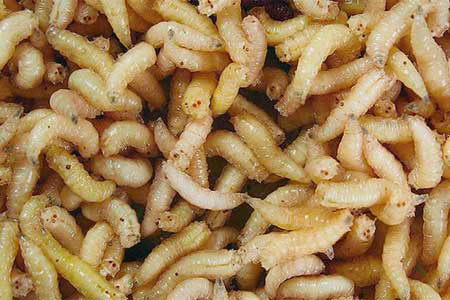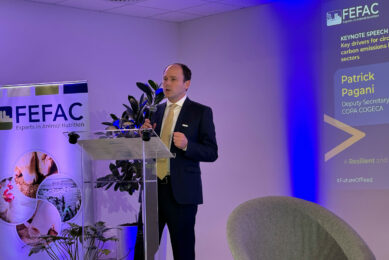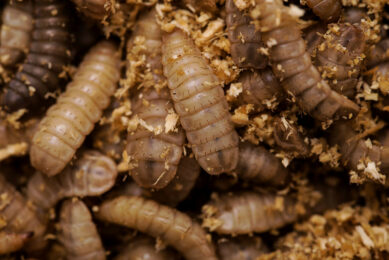Cadmium is a risk when insects are used in feed

Bioaccumulation of metals, mainly Cadmium, is one of the main risks when insects are used for animal feed. Mycotoxins in the larvae tested don’t seem to be a direct problem.
This was shown by research done by a consortium of partners. The study has been published in the first edition of the Insects as Food and Feed Journal.
The researchers analysed nine samples of larvae for over 1.000 of the chemical risks that are routinely monitored to ensure the safety of animal feed (and also food). The larvae were raised in UK, China, Mali and Ghana.
High levels of Cadmium
It was shown that a significant and recurring risk is the potential bioaccumulation of metals in insects and in particular Cadmium. It was found in all samples, but extremely high levels were found in three samples of the Musca domestica (house fly) larvae. The researchers address that further studies are required to determine the source of Cadmium and if this heavy metal in the insects can be transferred from the insect meal in the feed to farm animals.
Natural mycotoxins
The researchers also found several naturally occurring mycotoxins in the larvae, such as beauvericin enniatin A and enniantin A1. These compounds were not present at levels that are believed to pose a safety risk and they are not amongst those mycotoxins (e.g. aflatoxin) for which the European Commission has set maximum concentrations for feed in Directive 2002/32.
· Download the free whitepaper on EU insect legislation here.











